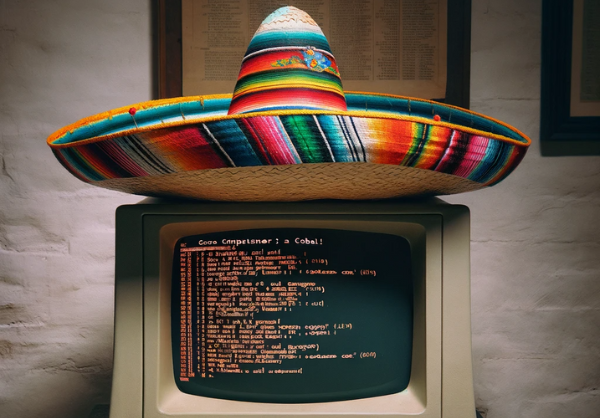Generative AI is significantly impacting the modernization of outdated IT systems, especially those reliant on COBOL (Common Business-Oriented Language). Developed in the 1950s, COBOL is renowned for its capacity to manage large data volumes, making it a staple in business, finance, and administrative systems.
Despite its age, COBOL remains prevalent in sectors like banking and government. However, the scarcity of talent is a major challenge. AI-driven approaches are being explored to translate legacy code into modern languages like Java, addressing the gap in expertise and paving the way for more efficient and secure IT infrastructures.
Companies like ADP are exploring the use of AI to translate mainframe code into more modern languages such as Java. This transition is pivotal in reducing the dependency on rare COBOL specialists and addressing the broader issue of updating core business technologies.
The integration of AI into these processes marks a significant shift towards more efficient, cost-effective, and secure IT systems, reshaping the landscape of digital transformation in businesses.
Why it matters: The need to modernize COBOL-based systems is critical for businesses seeking to streamline operations and enhance security. The transition to modern programming languages, facilitated by AI, is essential in bridging the gap created by the scarcity of COBOL specialists, ensuring the continuity and efficiency of vital IT infrastructures.
- COBOL’s Enduring Presence: COBOL, crucial in large-scale business and administrative systems, remains widely used due to its efficiency in handling vast data volumes. This enduring presence in key sectors like finance and government underscores the need for its modernization.
- AI-Driven Code Translation: With COBOL experts becoming rare, AI tools are being developed to translate COBOL code into modern languages like Java. This AI-assisted translation aims to bridge the expertise gap and extend the life of legacy systems.
- Operational Efficiency and Security: Modernizing COBOL-based systems using AI not only streamlines operations but also bolsters security. It’s a strategic step towards aligning older IT infrastructures with contemporary security standards.
- Impact on Digital Transformation: The integration of AI in upgrading legacy systems marks a pivotal change. It signifies a broader trend of digital transformation, reshaping how businesses approach IT infrastructure upgrades.
Go Deeper -> Can AI Solve Legacy Tech Problems? Companies Are Putting It to the Test – WSJ






